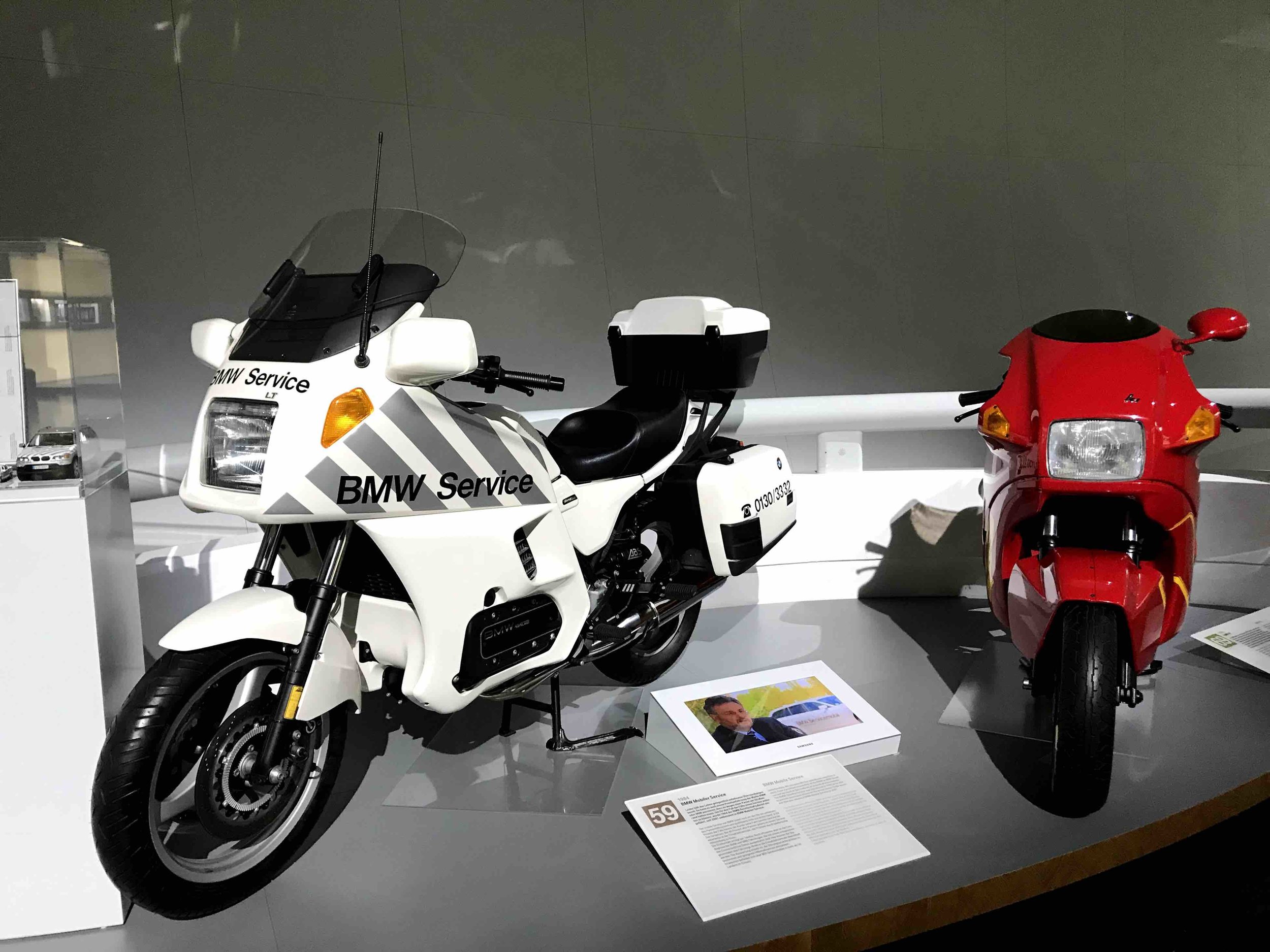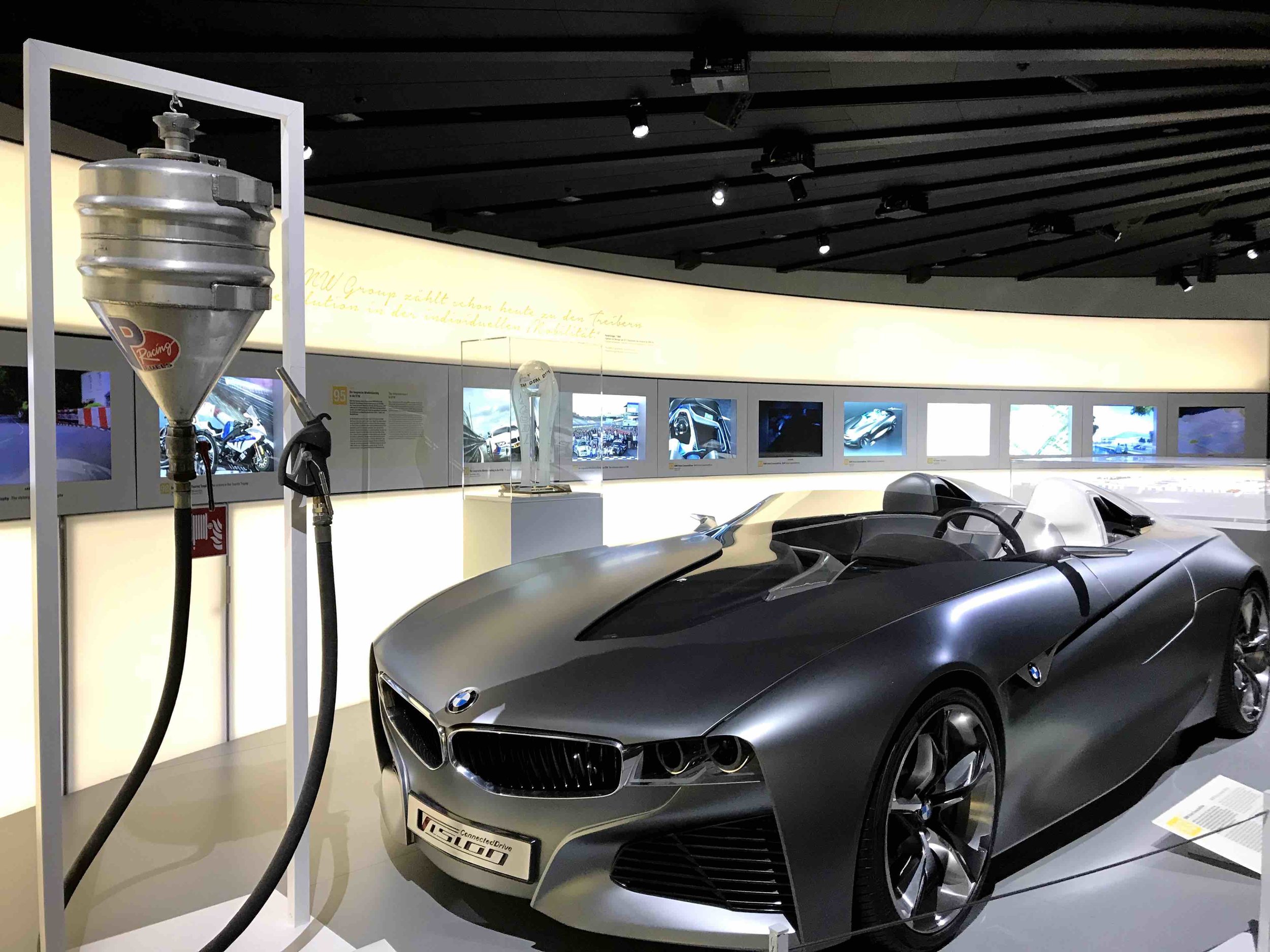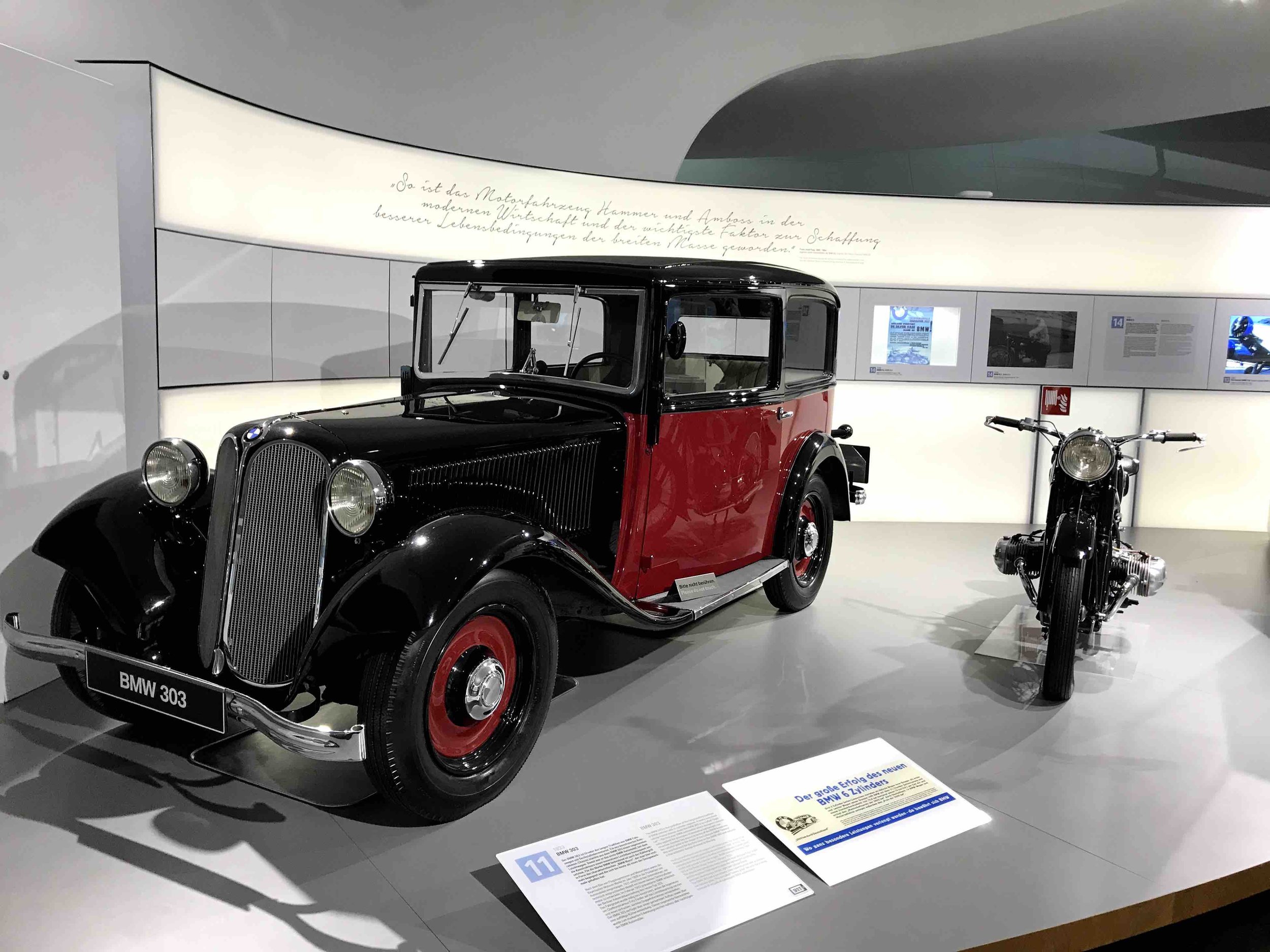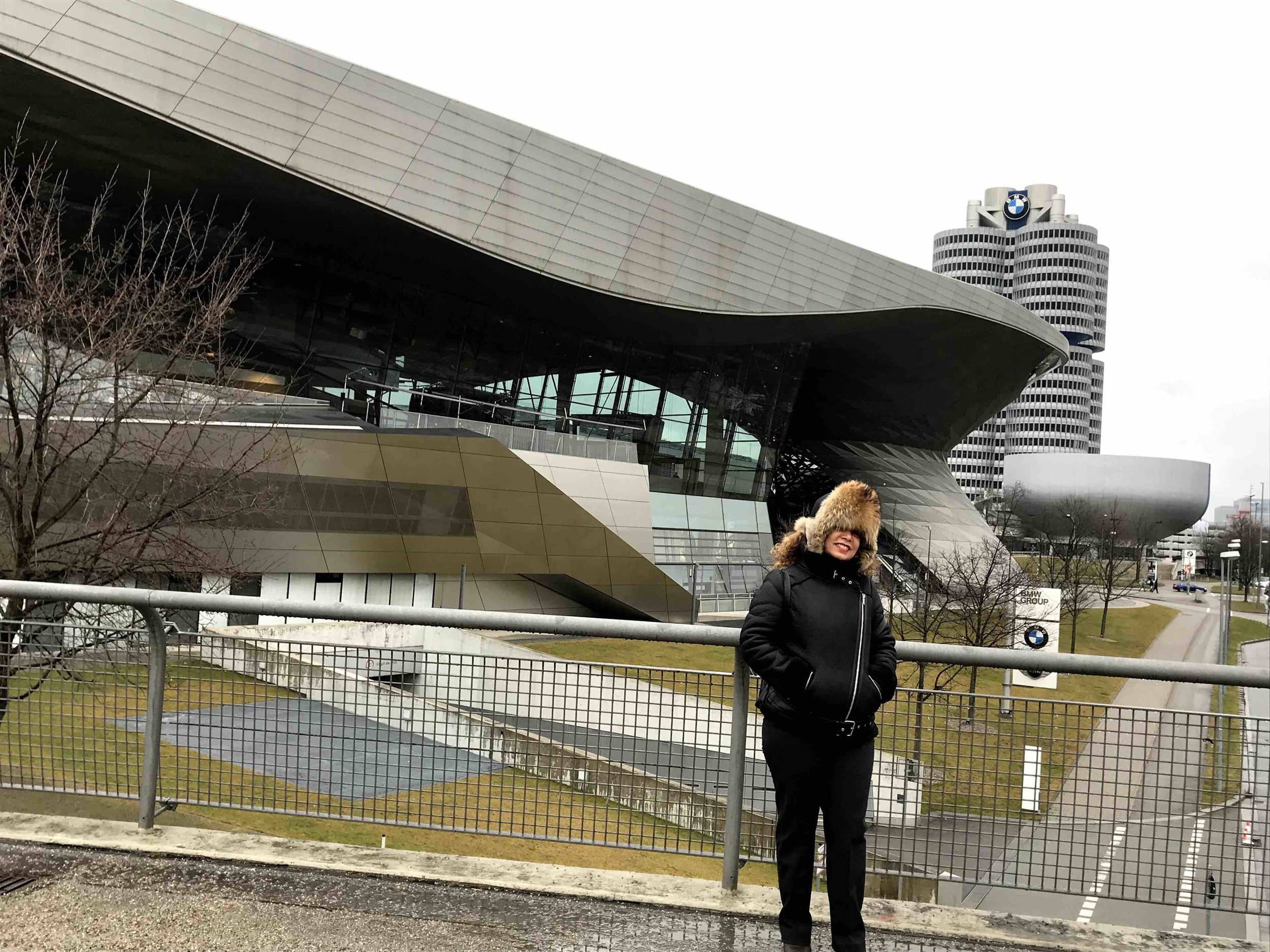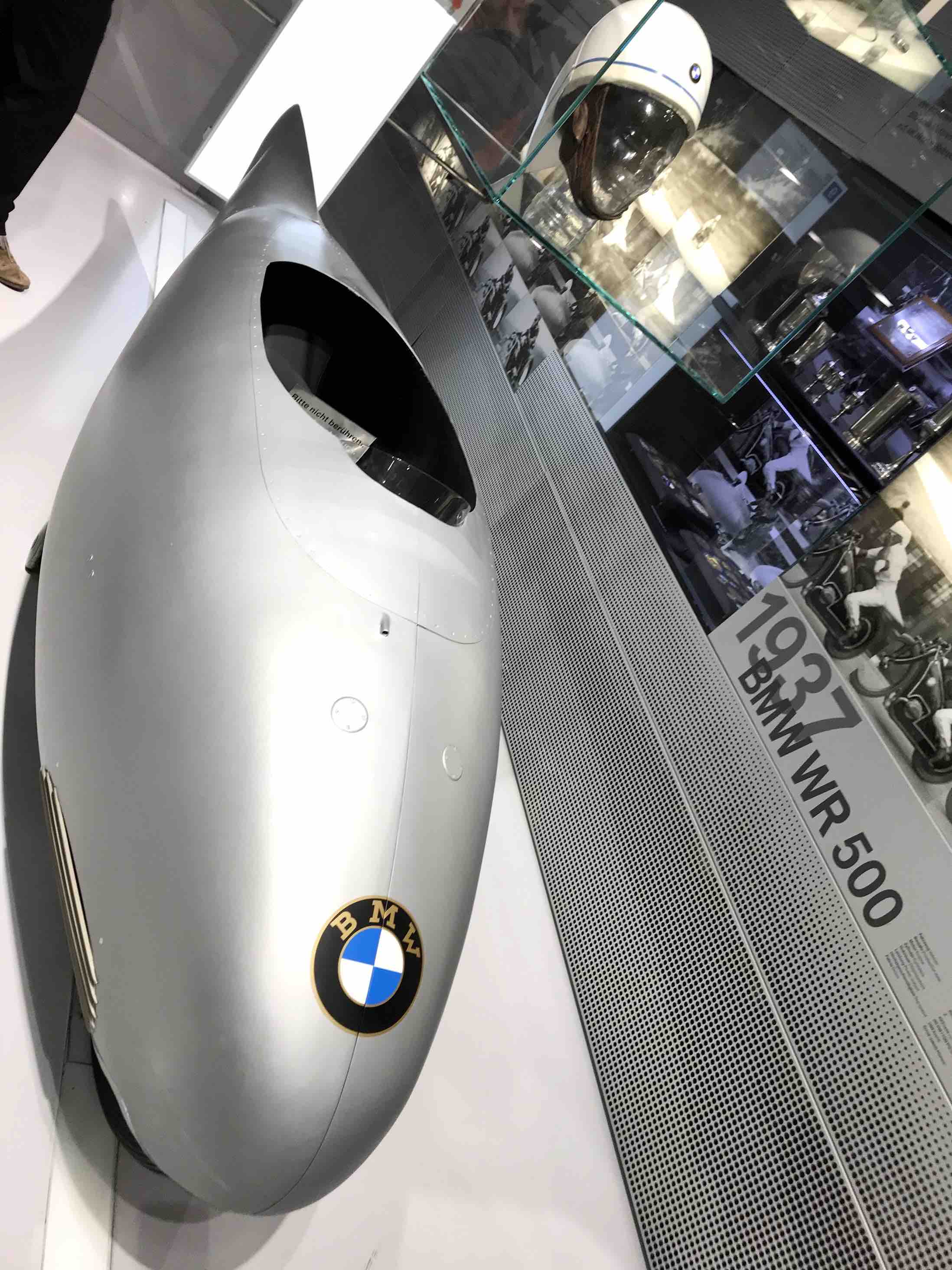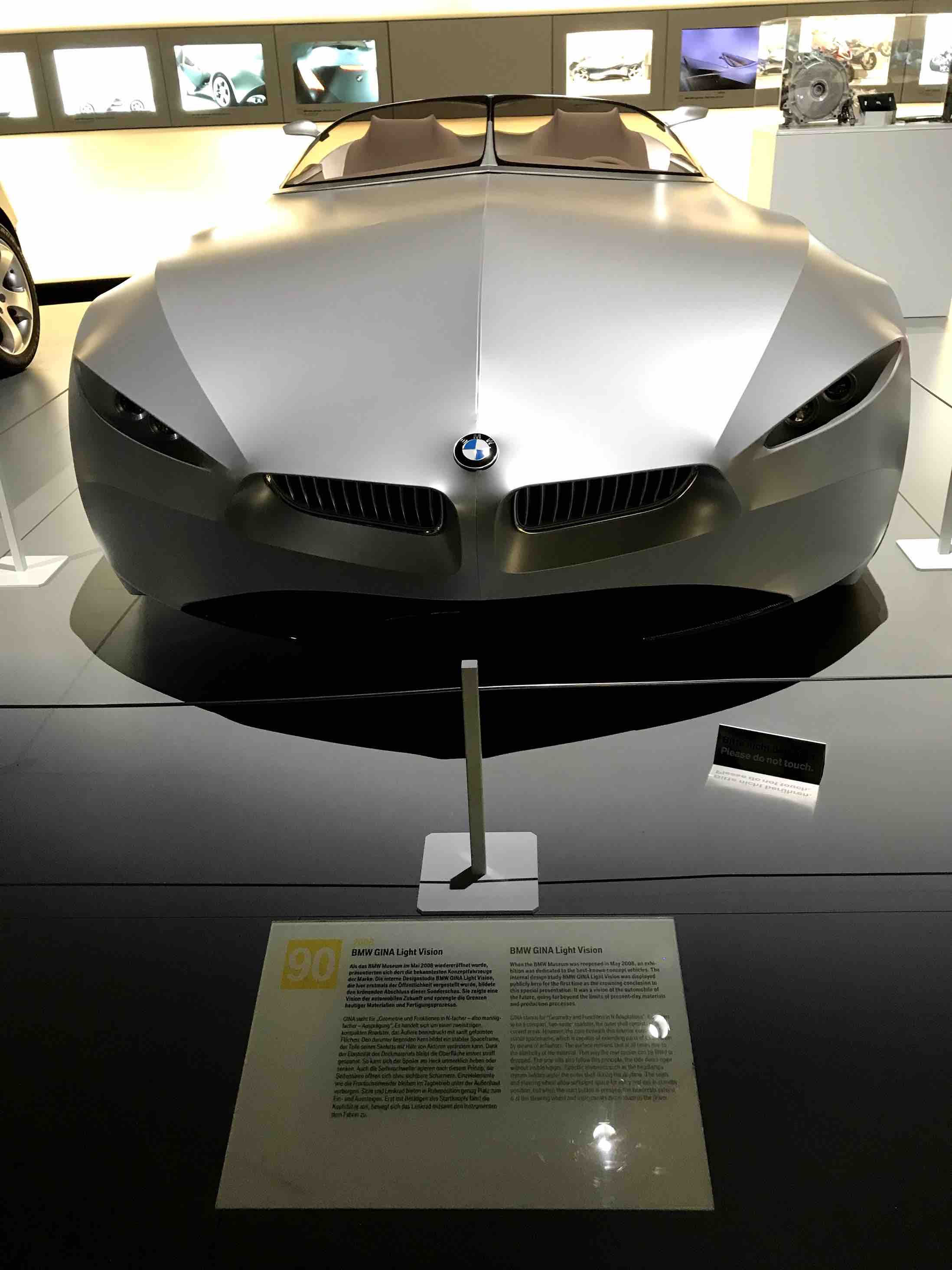Willkomen! You may know that I had visited Düsseldorf & Cologne prior to this trip. If not, I invite you to read about my visit to those cities. This time, I traveled to Munich & Berlin, to further pursue knowledge of real estate and German culture. Read about my Berlin trip in a separate blog. Join me on my journey to these fascinating cities.
HOW TO GET AROUND MUNICH:
Although the airport is located in the countryside 22 miles north of Munich, the network of trains, subways and trams makes it easy to get from the airport to the center of town, and around the city.
There are 4 major modes of public transport within Munich: the U-Bahn (underground), above-ground local trams, and the S-Bahn (above-ground railway), and the bus. Day passes or multi-day passes on the U-Bahn (underground) are available for purchase. Stations are marked by blue signs with a big white "U" on them. The tram makes frequent stops above ground in the city, so, travel time will be longer, but you get to see more of Munich's streets than if you were underground, and, you may be dropped off much closer to your destination than the U-Bahn takes you. In addition, tram lines marked with an "N" stand for "night" trams, which make the tram a good travel option after the U-Bahn closes at night. The red S-Bahn railway is underground, and takes you to through Munich, as well as to outer areas. Munich's modern bus system is friendly to passengers with accessibility needs.
There are similar passes for national trains, for travel to other German cities, and regional trains, if you want to visit Austria, Bavaria, Salzburg or Bohemia. Check for limitations on hours of travel.
For more information, see the official "getting around" website:
The Nymphenburg Palace, (Castle of the Nymph, above and left), is a Baroque palace in Munich. The palace was the main summer residence of Bavaria's former rulers.
The New Town Hall is a town hall at the northern part of Marienplatz. It hosts the city government including the city council, offices of the mayors and part of the administration.
The Glyptothek is a museum commissioned by the Bavarian King Ludwig I to house his collection of Greek and Roman sculptures. Built from 1816 to 1830, it was designed by Leo von Klenze in the neoclassical style.
The Feldherrnhalle (Field Marshals' Hall) is a monumental loggia on the Odeonsplatz, the large square in Central Munich. Modeled after the Loggia dei Lanzi in Florence, it was commissioned in 1841 by King Ludwig I of Bavaria to honor the tradition of his army.
Isartor is the city gate of Munich. There, my cousin from Dusseldorf and I had the pleasure of visiting the very cute, very popular Turmstüberl (Stürbel Tower) Cafe. The cafe sits atop a tower whose walls exhibit photos of Munich through history. You view the exhibit and reach the cafe by ascending a spiral staircase. According to their website, it is "[the] only octagonal cafe far & wide." It is 14 meters (almost 46 feet) high. I like their motto: "Essen und Trinken hält Leib und Seele zusammen" ("Food & drink keep body & soul together."). This explains why the place is always packed. The warm staff who serve Bavarian pastries, beer & pretzels make this the perfect place to rest your weary feet or come in from the cold.
Connected to the cafe by a walkway is another tower, which houses the Valentin-Karlstadt Museum. Karl Valentin was a Bavarian comedian, cabaret performer, clown, author and film producer, sometimes called the "Charlie Chaplin of Germany". He had a major influence on German Weimar culture. His cabaret partner was Liesl Karlstadt. This museum was created as a result of the enthusiasm and efforts of painter Hanned König, who made the sets for some of Valentin's shows. It features a mixed bag of theater props, masks, and other memorabilia from Valentin's live shows and films.
BMW Museum
The modern silver building is sometimes called the salad bowl or white cauldron. (See it on the right, in the background behind me, in the photo below.) This was one of my favorite places to visit in Berlin! Established in 1973 after the 1972 Summer Olympics in Munich, the museum showcases the evolution of technology, as applied to BMW automobiles. From vintage to futuristic, every vehicle was a work of art on wheels.
Need a ride? Hope in!




